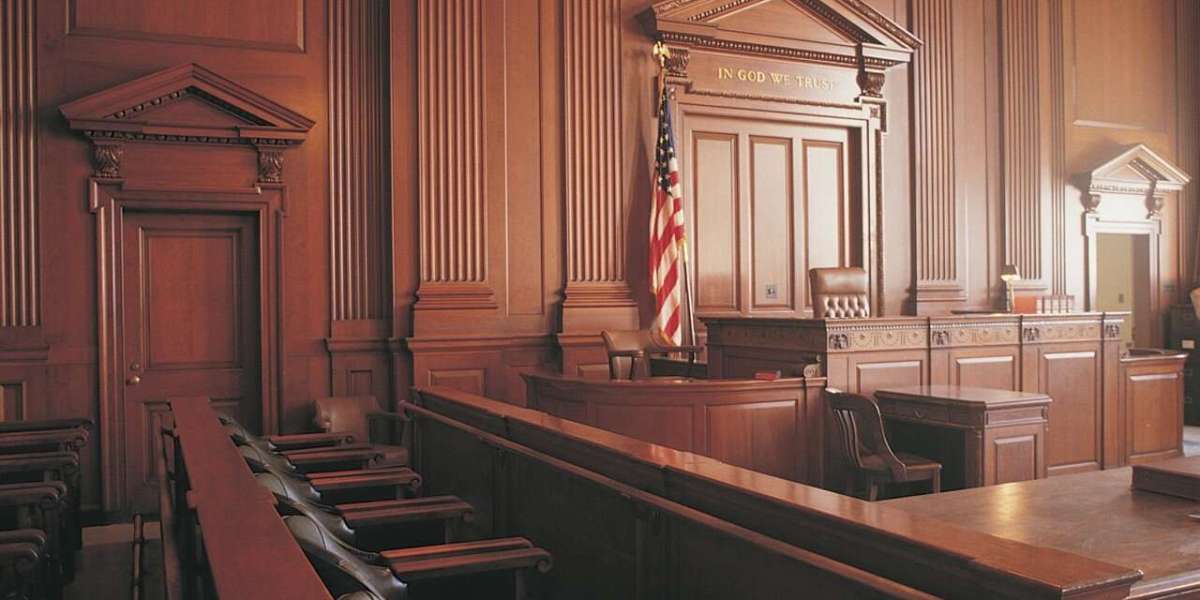Ejectment in law is a legal remedy in property law designed to restore possession of land to the rightful owner or tenant. Historically rooted in English common law, ejectment serves as a crucial mechanism to address unlawful occupation or wrongful possession of real property. This action allows the legal owner or tenant to reclaim their property, ensuring that property rights are upheld and protected.
Historical Context:
Ejectment has evolved from its origins in medieval England, where it was initially a personal action to recover possession of land. Over time, it has transformed into a more formalized process within common law jurisdictions. Initially, it involved fictitious parties and leases to circumvent procedural difficulties in property disputes. Today, ejectment is a straightforward legal process aimed at resolving disputes over the right to possess real estate.
Grounds for Ejectment:
The grounds for an ejectment action typically include:
Unlawful Occupation: When an individual occupies land without any legal right or permission from the owner.
Lease Expiry: When a tenant remains in possession of the property after the lease term has expired and has not vacated the premises.
Breach of Lease Terms: When a tenant violates the terms of the lease agreement, such as failing to pay rent or engaging in prohibited activities on the property.
Adverse Possession: When someone occupies the property openly and continuously for a statutory period, they may claim ownership, but ejectment can be used to contest this claim if the original owner acts within the required timeframe.
Legal Procedure for Ejectment:
The process of ejectment in law involves several key steps:
Filing a Complaint: The plaintiff (property owner or lawful tenant) must file a complaint in the appropriate court, detailing their right to possession and the defendant's unlawful occupation.
Service of Process: The defendant must be properly notified of the legal action through a service of process, ensuring they have the opportunity to respond.
Defendant’s Response: The defendant can file an answer to the complaint, raising any defenses or counterclaims they may have.
Discovery and Evidence: Both parties engage in the discovery process, gathering evidence to support their respective positions.
Trial: If the case proceeds to trial, both parties present their evidence and arguments. The court then determines whether the plaintiff is entitled to regain possession of the property.
Judgment and Execution: If the court rules in favor of the plaintiff, a judgment of possession is issued. Law enforcement may then be involved in executing the judgment, ensuring the defendant vacates the property.
Defenses to Ejectment:
Defendants in ejectment in law actions can raise various defenses, including:
Lack of Proper Notice: Arguing that they were not properly served with notice of the ejectment action.
Rightful Possession: Claiming a legal right to possess the property, such as through a valid lease or ownership interest.
Adverse Possession: Asserting a claim of ownership based on long-term, continuous occupation.
Waiver or Estoppel: Arguing that the plaintiff waived their right to ejectment or is estopped from claiming ejectment due to previous actions or agreements.
Ejectment remains a vital legal remedy for resolving disputes over property possession. By providing a clear legal pathway for rightful owners and tenants to reclaim their property, ejectment helps maintain order and respect for property rights within society. Understanding the intricacies of this legal process is essential for property owners, tenants, and legal professionals involved in real estate lawyer. Through careful navigation of the legal requirements and procedural steps, ejectment in law ensures that justice is served in the realm of property law.









